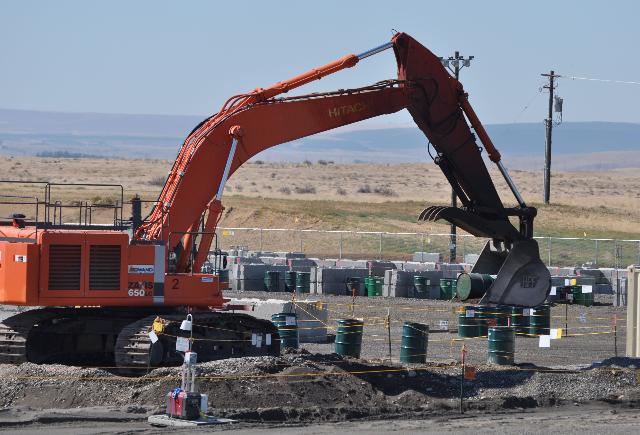
Weapons Complex Monitor Vol. 30 No. 04
Visit Archives | Return to Issue PDF
Visit Archives | Return to Issue PDF
Weapons Complex Monitor
Article 1 of 11
January 25, 2019
Hanford 618-10 Burial Ground Cleanup Completed

The Department of Energy last week completed cleanup of the 618-10 Burial Ground, one of the most hazardous radioactive waste dumps in the Columbia River Corridor at the Hanford Site in Washington state. The last step involved replanting vegetation across about…